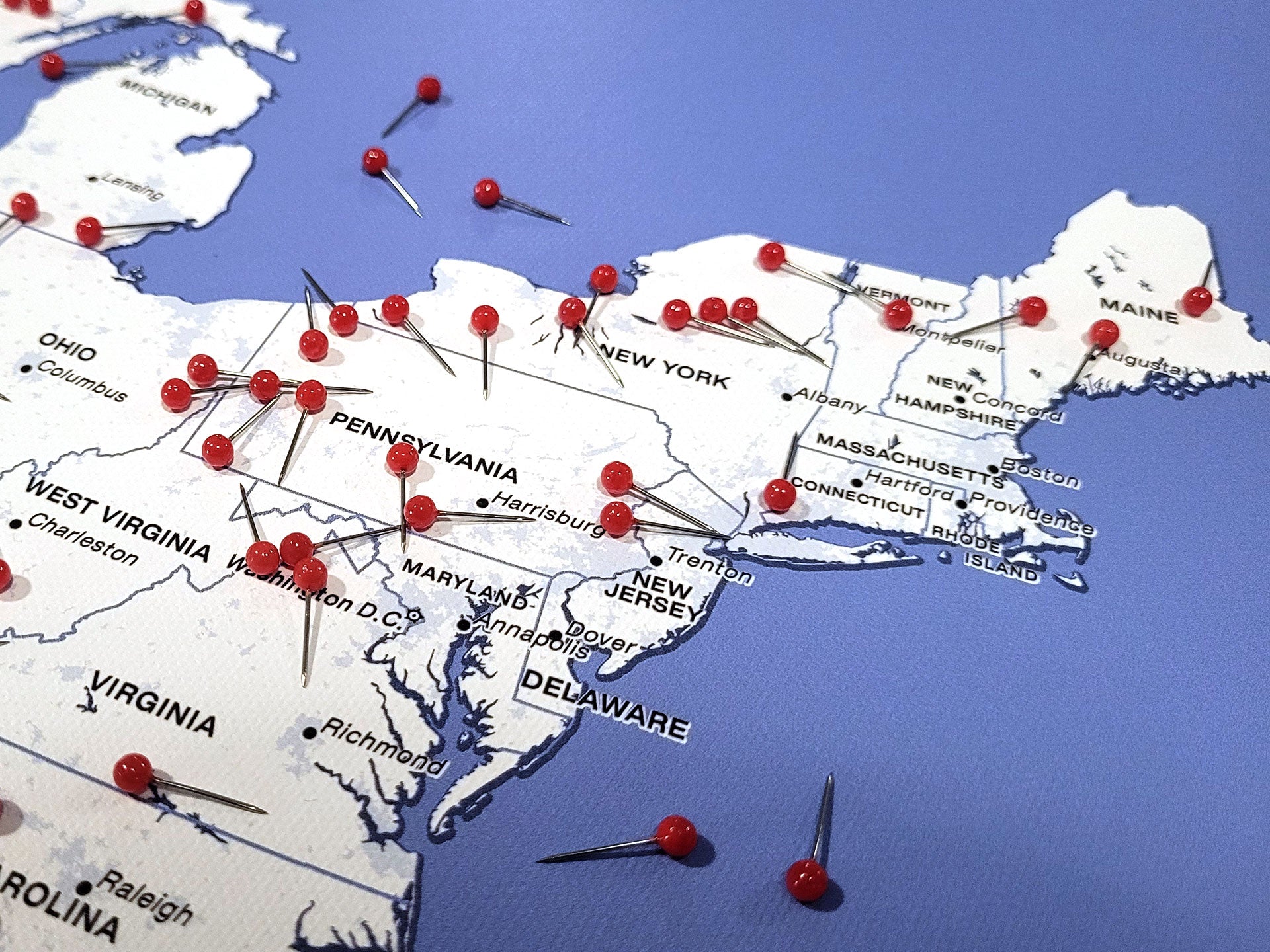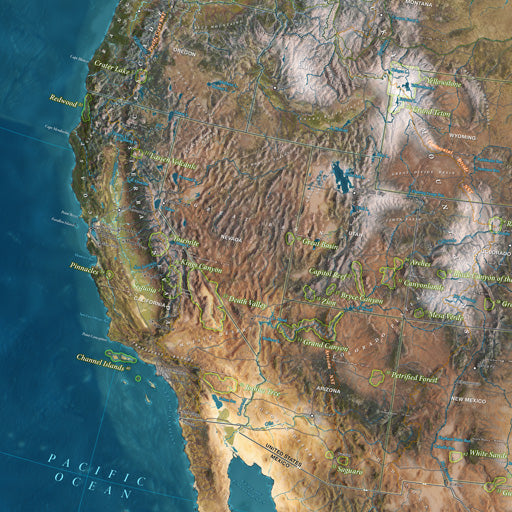The 1850s were a tumultuous and pivotal period in the history of South Carolina, marked by political tensions, debates over slavery, and its significant role in shaping the events that would lead to the outbreak of the Civil War.
Economically, the 1850s saw South Carolina's economy heavily dependent on agriculture, particularly cotton cultivation. Enslaved labor was integral to the success of the cotton industry, shaping the social and economic fabric of the state. While agriculture remained dominant, the state faced economic challenges, including the depletion of soil fertility and competition from other cotton-producing regions.
The issue of slavery was at the forefront of South Carolina's history during the 1850s. The state's commitment to maintaining the institution of slavery was deeply ingrained, and debates over its expansion intensified. The Compromise of 1850 and the Fugitive Slave Act of the same year heightened tensions, as South Carolina sought to protect its interests and maintain control over enslaved individuals.
Politically, the 1850s were marked by South Carolina's firm stance on states' rights and its advocacy for nullification and secession. The state's alignment with the Democratic Party, which championed states' rights and the institution of slavery, reflected its political values. As debates over the extension of slavery into new territories escalated, South Carolina's commitment to protecting its way of life became increasingly pronounced.
Cultural and social developments were also notable during the 1850s. Education was a priority for the state, with institutions like the College of Charleston contributing to intellectual growth. South Carolina's population was deeply divided over the issue of slavery, with some advocating for its expansion and others expressing concerns about its moral and ethical implications.
As the 1850s came to a close, South Carolina found itself at the forefront of significant events that would shape the nation's future. The election of Abraham Lincoln as the 16th President of the United States in 1860 set off a chain of events that would lead to the secession of southern states and the outbreak of the Civil War. South Carolina's position as a staunch defender of states' rights and the institution of slavery made it a key player in the secession movement.
In conclusion, the 1850s were a transformative and tumultuous period for South Carolina, characterized by political tensions, debates over slavery, and its pivotal role in the events that led to the Civil War. The state's commitment to states' rights, its reliance on enslaved labor, and its contributions to the secession movement highlighted its evolving identity and influence within the broader narrative of American history.





























